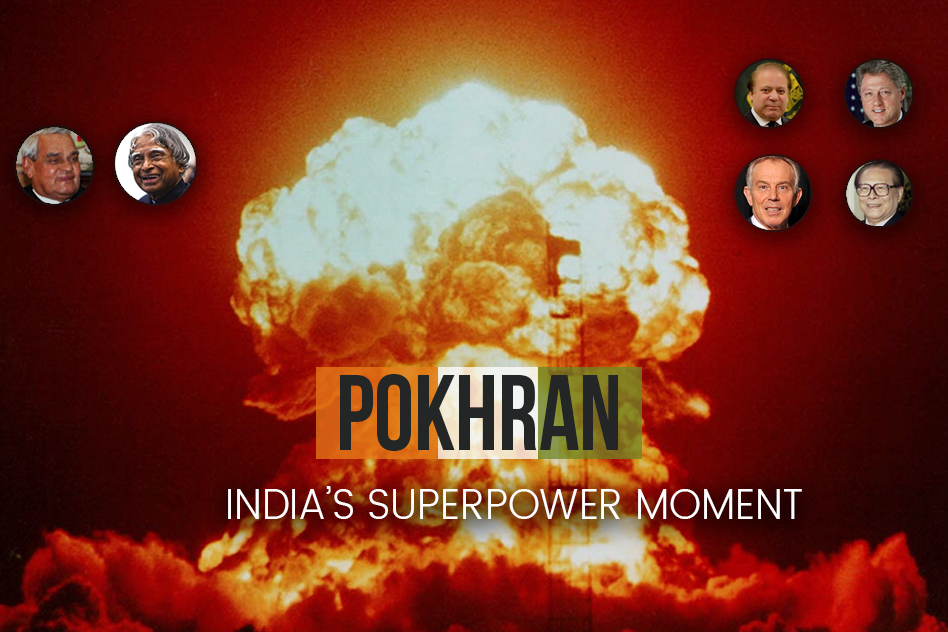
India V/S The World; Reopening The Pokhran Files To Remember India’s Superpower Moment On This Independence Day
9 Aug 2018 5:30 AM GMT
On that historic day in May 1998, Prime Minister Shri Atal Bihari Vajpayee addressed the nation, “Today, at 1545 hours, India conducted three underground nuclear tests in the Pokhran range. These were contained explosions like in the experiment conducted in May 1974. I warmly congratulate the scientists and engineers who have carried out the successful tests. Thank you very much indeed.”
This show of strength against all odds was carried on the front page by all the Indian as well as international media houses.

The World’s Reaction To India’s Success
The whole world stood in awe, and the reaction of other countries was of fear and threats, however, they were marked with the distinct undertone that now India has joined the big league.

India’s response to CTBT (Comprehensive Test Ban Treaty) which prohibits all nuclear tests, was seen as a defiance of the status quo. Kofi Annan, the then UN Secretary-General said this was a “deep regret.” India had refused to be a part of CTBT and decided to march to the tune of its own drummer.
The Clinton Administration was ”deeply disappointed” and talked about placing sanctions on us. Britain voiced its ”dismay” while Germany called it ”a slap in the face.” Even the Russians voiced their displeasure.

Pakistan, who had tried hard and long to restrict India’s success was apoplectic with rage and regret. This became clear when the then Pakistan Foreign Minister said to BBC (as reported by NY Times), “We are surprised at the naivete of the Western world, and also of the United States, that they did not take the cautionary signals that we were flashing to them. I think they could have restrained India. Now India has thumbed its nose to the Western world and the entire international community.”
Reportedly, Pakistan is still sending spies to Pokhran to collect sand from the Test Site.
India Became A Superpower With A Bang
On May 11, 2015, Former President and the brain behind the Pokhran success, Dr APJ Abdul Kalam tweeted, “Today, I remember the hot day of 1998 at Pokhran: 53C. When most of the world was sleeping; India’s nuclear era emerged.”

Not just the hot weather, the Thar landscape was challenging in many ways. It abounded with scorpions and camel carts had to be used to transport weapon parts. Moreover, it provided little natural cover from the enemy spy satellites which tried their best to hinder our plans.
But we stood our ground and used ingenuity beyond measure, including camouflaging our scientists as army men so that the enemy does not suspect anything is out of the ordinary.

Dr Kalam, R Chidambaram, the then chairman of Atomic Energy and nuclear scientist Dr Anil Kaodkar stayed in Pokhran disguised as army captains and majors.
The result is there for all to see. As our enemies watched with fear and suspicion, India took a historic step towards becoming a superpower on the auspicious day of “Buddha Purnima” in May 1998.

To celebrate India’s Superpower Moment, recently a movie was made called PARMANU – THE STORY OF POKHRAN. The movie chronicles the struggle of the people involved in this covert mission and their inspiring story behind the Pokhran-II nuclear tests.
You can watch the World TV Premiere of Parmanu – The Story of Pokhran this Independence Day at 12 noon only on Zee Cinema.
 All section
All section













